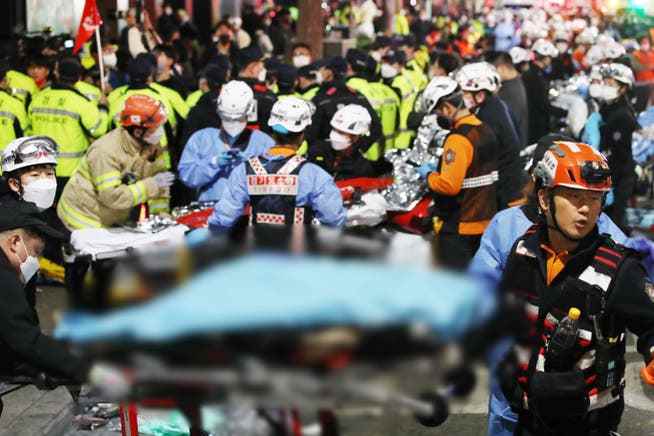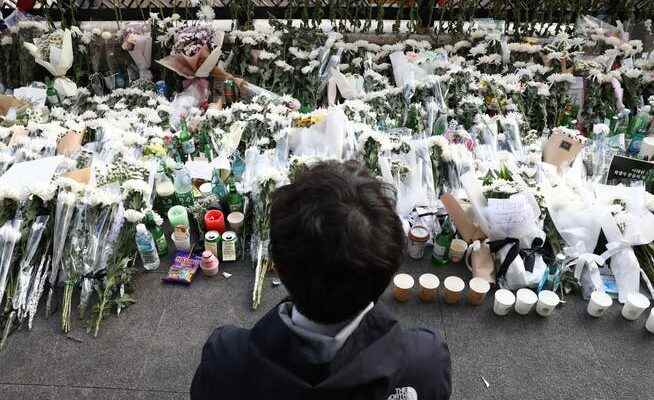Above a certain density, forces come into play in a crowd of people that individuals can hardly fight. The right measures can save lives.
On Halloween night, more than 150 people died in the Itaewon nightlife district in the South Korean capital Seoul, most of them young people.
More than 100,000 people celebrate Halloween at Itaewon nightlife district in Seoul, capital of South Korea, on October 29. In an alley that is less than four meters wide, right next to the metro station, things are getting narrower and narrower in the early evening. At 6:30 p.m., the first caller warns the police: “It’s really dangerous in the alley right now.”
In the hours that followed, at least ten more calls from partygoers followed. The police are unprepared for the crowd and do not intervene sufficiently even after the warning calls. Around four hours after the first call, the situation got completely out of control. More than 150 people are crushed to death in the crush, about the same number are injured.
“It was hell,” said a South Korean woman to the British “Guardian”. She tried to revive ten people with a heart massage, nine died.
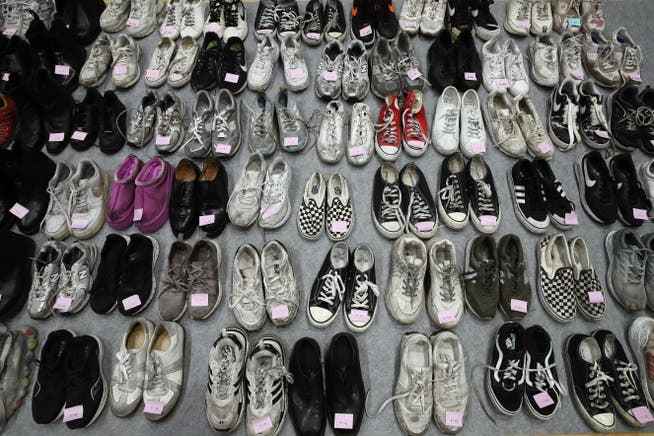
Relatives of the victims of the mass crush in Seoul were able to pick up the shoes of the deceased in a warehouse.
Halloween night in Itaewon is reminiscent of other deadly crowds: Hillsborough 1989, Love Parade 2010, a soccer stadium in Indonesia 2022. In all cases, the police were ill-prepared, too many people were in too small a space. But how can the police prevent crowds? And what happens when it’s already too late for that?
Individuals have difficulty recognizing crowds
Dirk Helbing, who is a professor of computer-aided social sciences at the ETH and researches, among other things, the behavior of crowds, says: “Four hours would have been enough for experienced emergency services to take effective measures.” This includes, for example, determining one-way streets or open side streets that can serve as escape routes. In addition, the police can assess the situation from the air at any time.
Police said in the days leading up to October 29 that they expected around 100,000 partygoers in Itaewon. The area is also known for its narrow streets. All the indications of a possible dangerous situation were there: many people all running to the same place, little space and hardly any escape routes. Despite this, police only dispatched 140 officers to the area on Halloween night. She hardly took any preventive measures.
Meanwhile, in Itaewon, more and more people poured into the alley, blocking the way for those trying to get out.
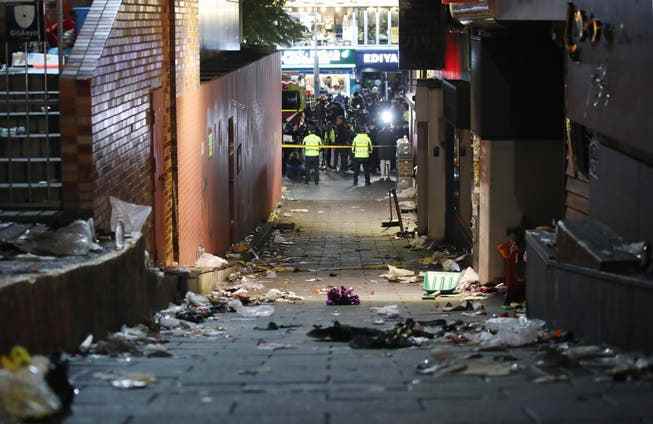
The Itaewon district is known for its narrow, winding streets.
If you feel uncomfortable in a large crowd of people, you should look for the next way out. Most of the time, the mass has already reached a dangerous point. It is often only a matter of minutes before the situation changes.
An indication of the danger of a crowd is how well people are moving forward. Density is crucial for this, says Helbing. From three people per square meter, caution is advised. From about five people there is considerable danger. Video analyzes of Halloween night in South Korea have shown that there were almost ten people per square meter at the epicenter.
No chance against the physical forces
In the crowds at the Love Parade in Duisburg in 2010, 21 people died and several hundred were injured. After the tragedy, Helbing published an analysis of the forces at work in large crowds and formulated measures that the police can take to prevent them. Because: “As soon as the density is so great that unintentional physical contact occurs, forces are transmitted that can add up.”
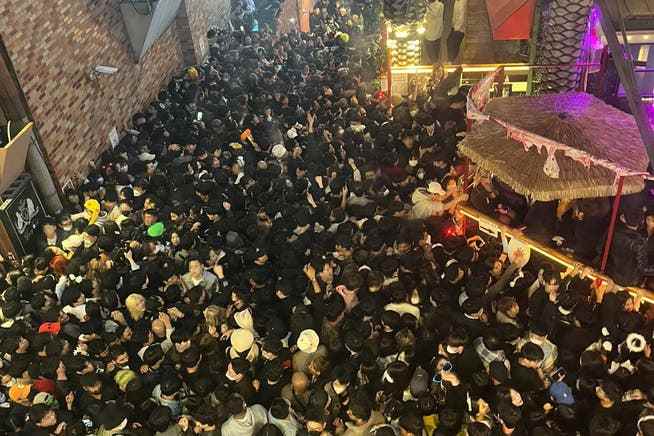
During Halloween celebrations in Itaewon, people could hardly move.
Witnesses in Seoul reported being pushed by other people. Often, however, the pushing comes less from aggressive individuals than from the natural movement of the crowd. Helbing calls the phenomenon “mass earthquakes”. People stand so tightly together that they no longer have any control over their movements.
The mass behaves like an ocean. Every movement is transferred to the others and triggers waves. If there is no way out, people should therefore go with the flow. Individuals outside the epicenter can hardly see how close the people ahead are already. They therefore tend to push from the outside. They can use it to trip people far ahead of them.
If someone falls to the ground in this situation, there is a domino effect. People fall on top of each other, they suffocate from the weight on them. Or they suffocate while standing because their lungs can no longer expand sufficiently due to the pressure exerted on them by other bodies. More than a ton of weight can act on an individual’s chest.
So people don’t die in crowds because a mass panic breaks out. It’s much more likely that mass panic will break out because people are being crushed to death in the crowd.
